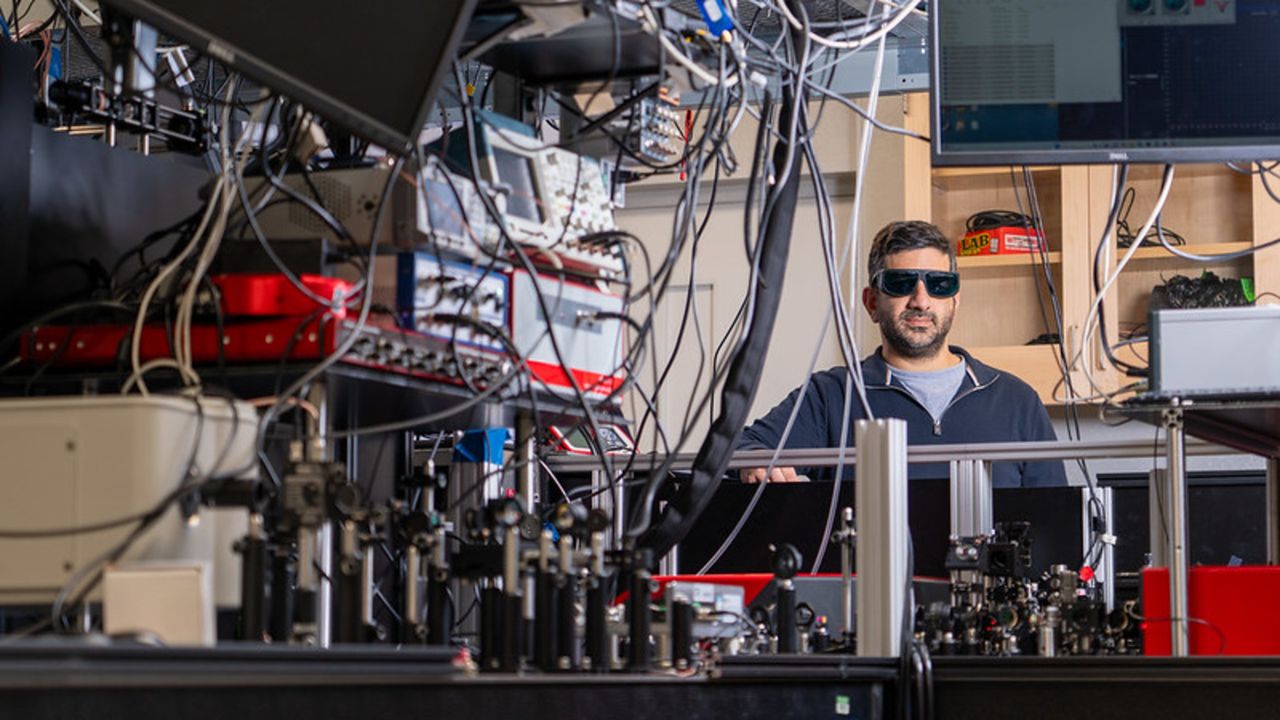Mysterious glow at the Milky Way's center could reshape a major cosmic theory
PositiveScience
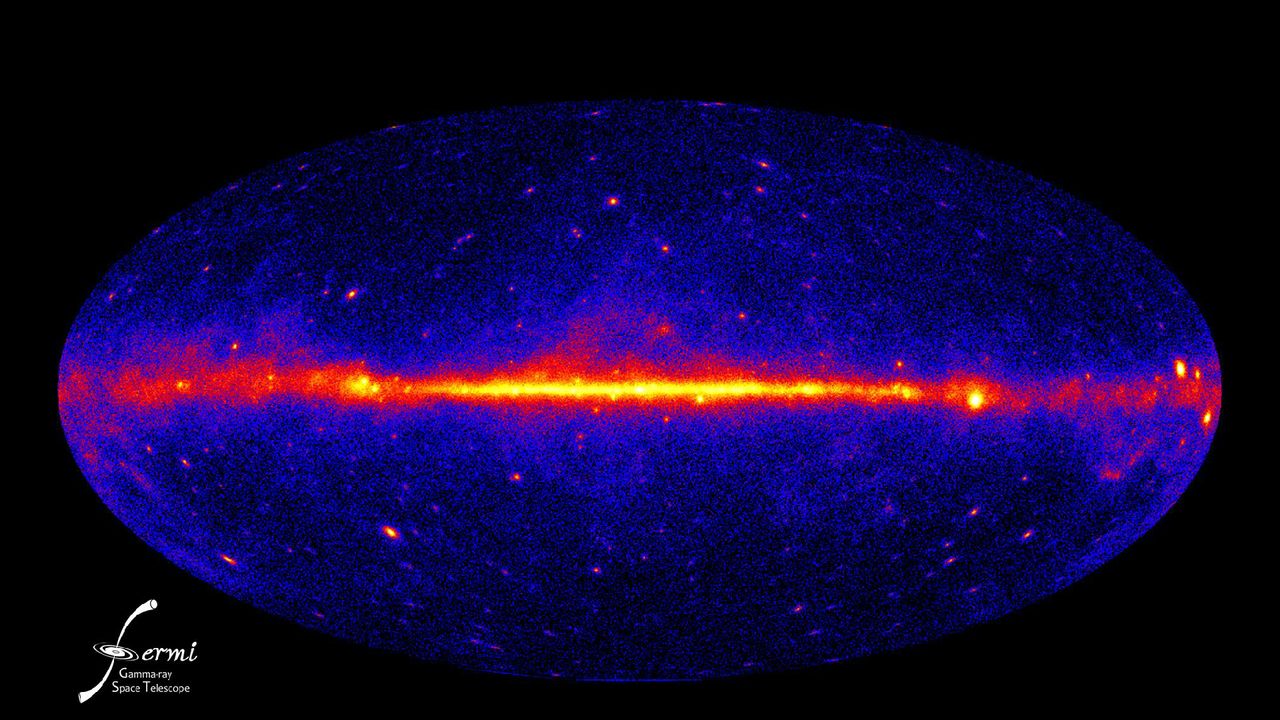
A mysterious glow at the center of the Milky Way has intrigued astronomers for over a decade, and recent research may finally provide answers. This discovery not only sheds light on the enigmatic glow but also has the potential to reshape our understanding of dark matter, a fundamental component of the universe. As scientists delve deeper into this phenomenon, it could lead to groundbreaking advancements in astrophysics and our comprehension of cosmic structures.
— Curated by the World Pulse Now AI Editorial System
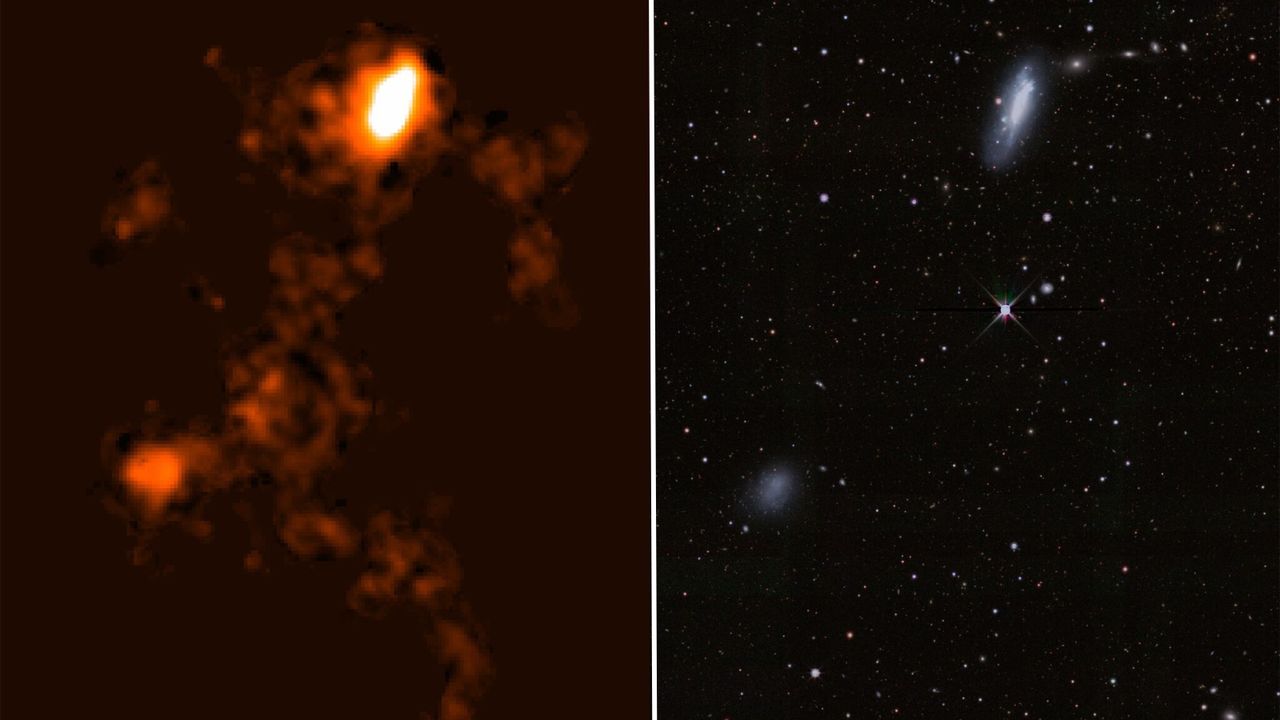
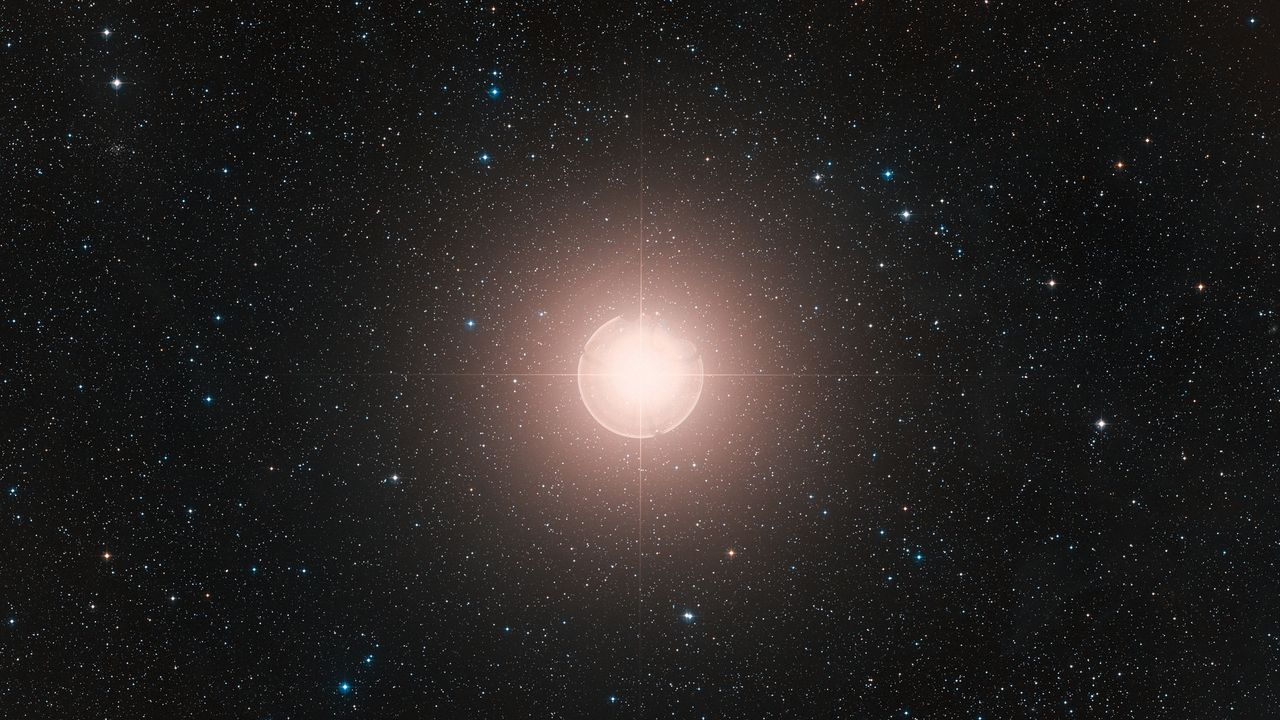
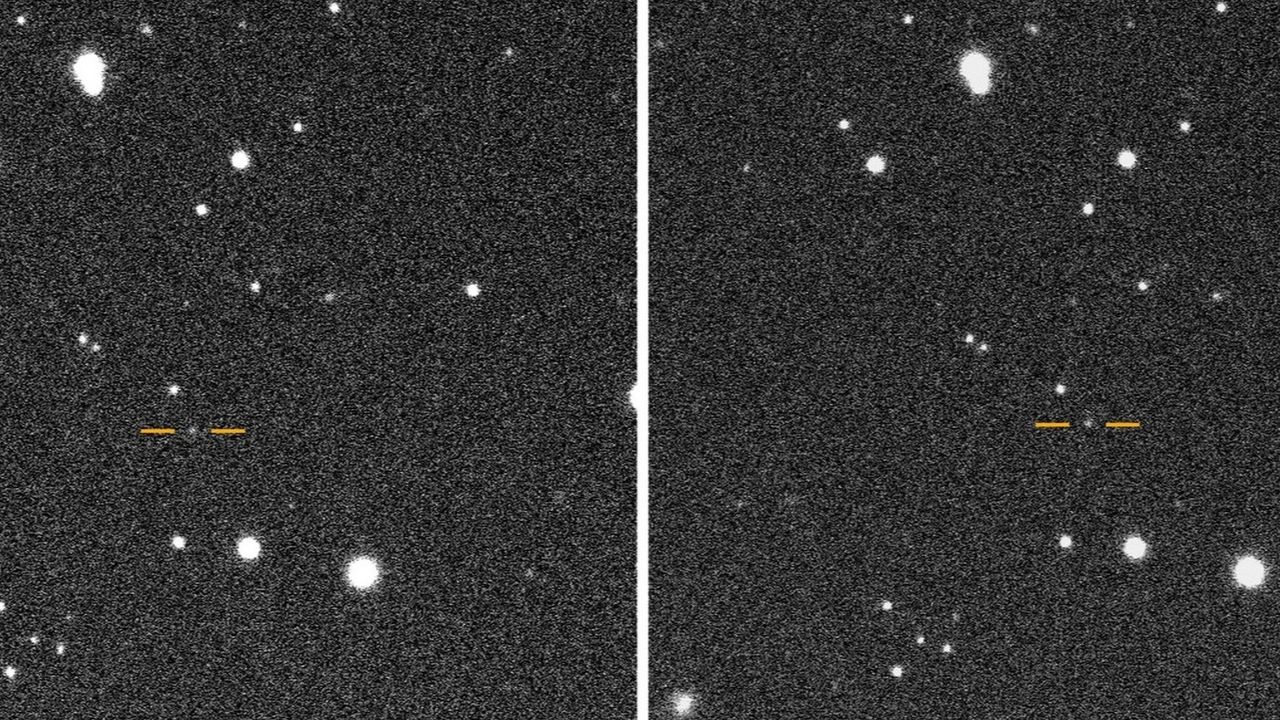

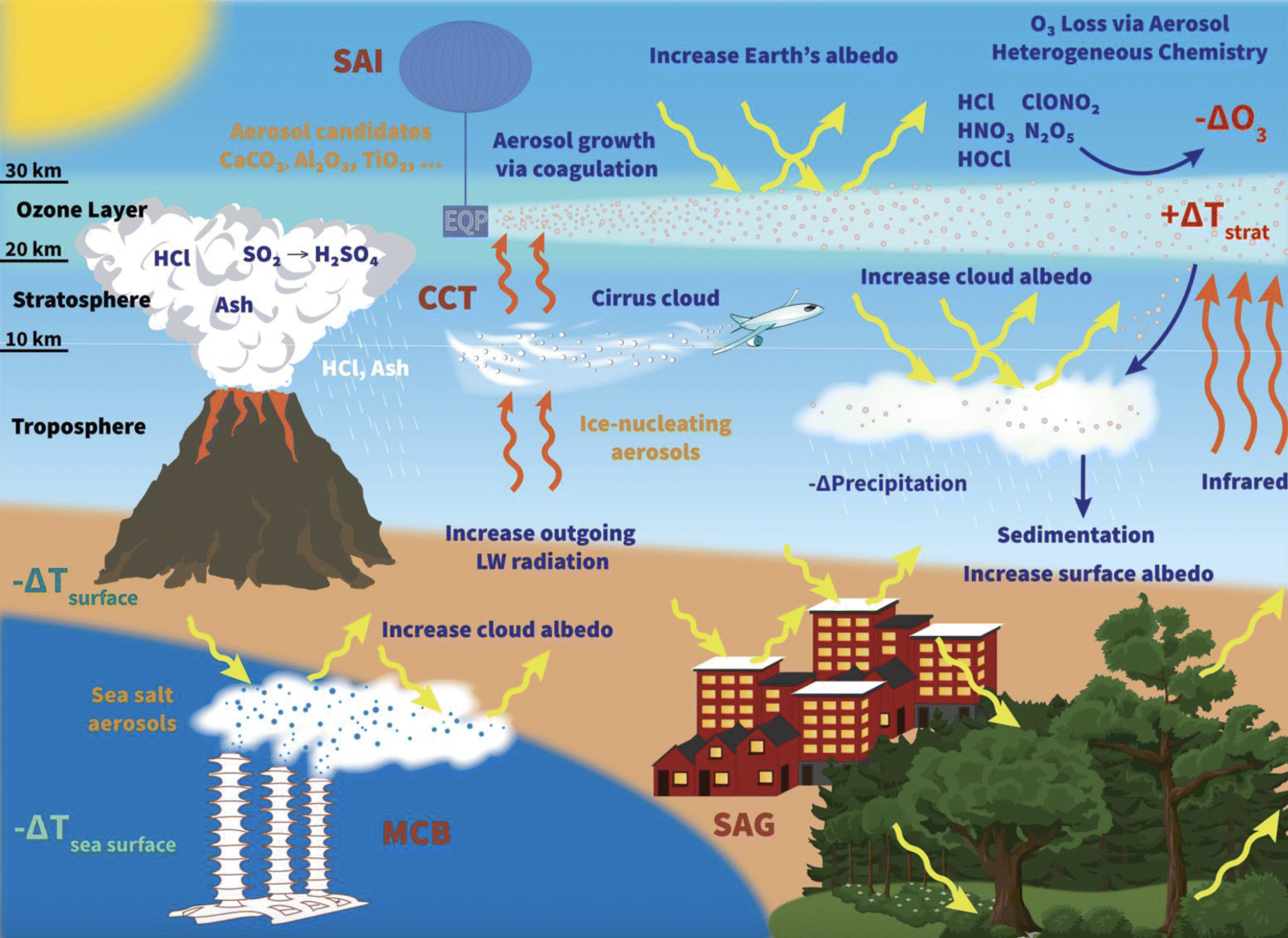
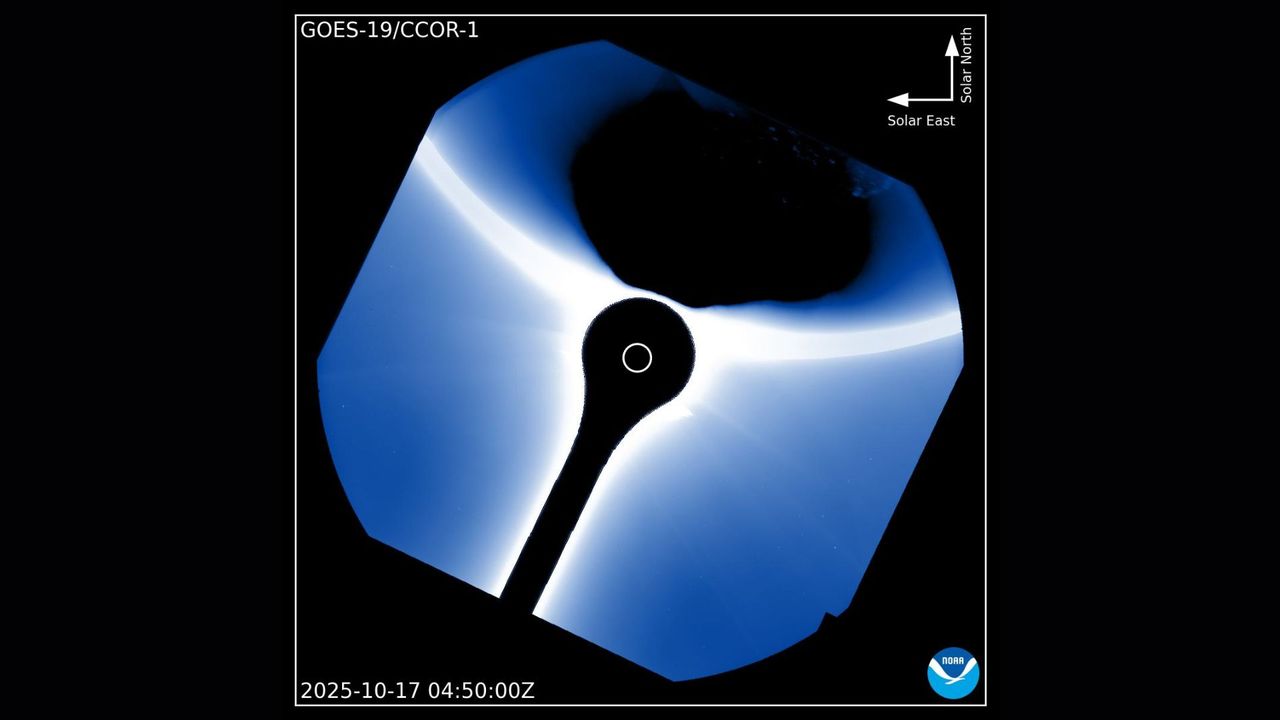

/https://tf-cmsv2-smithsonianmag-media.s3.amazonaws.com/filer_public/2b/13/2b132c3e-2d0a-47b4-8c6b-62b954d9a9af/smithmag-podcast-s04-ep15-aeroecology-article.jpg)
/https://tf-cmsv2-smithsonianmag-media.s3.amazonaws.com/filer_public/c4/6e/c46e33ea-a5b4-43ed-bf42-557bf97b1427/nov2025_h13_tristiangooley.jpg)
